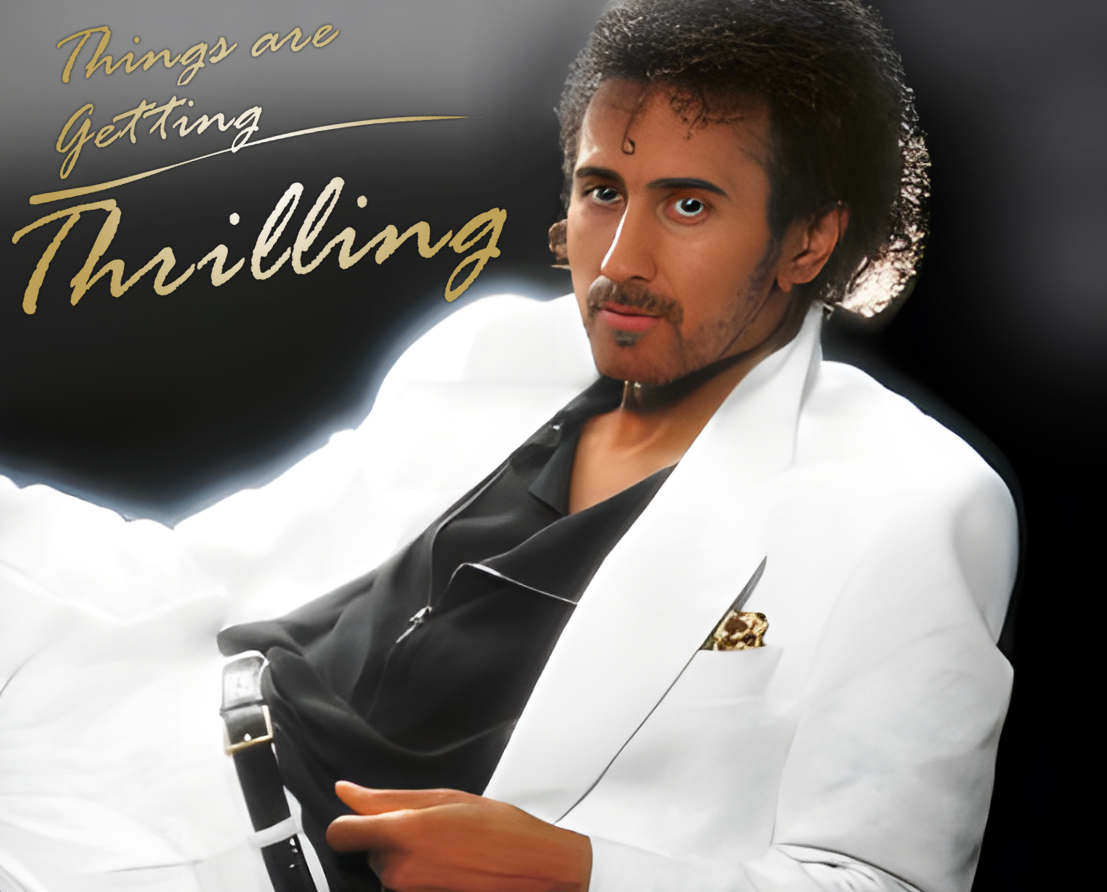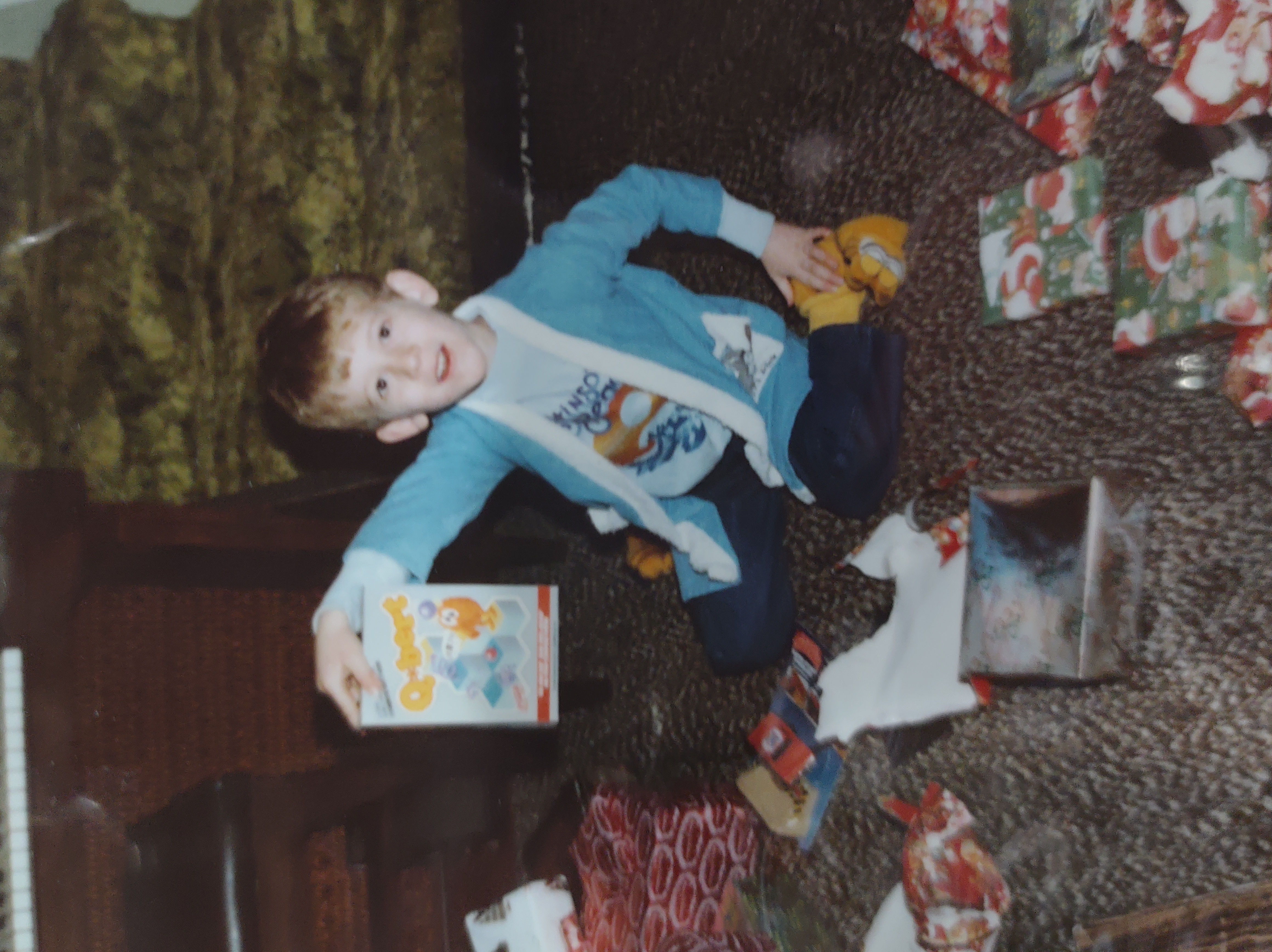20 years a 'Gamesta'©
What 'Gemini' says:
A seasoned artist with 20 years of experience crafting interactive stories in AAA gaming, I bring a unique blend of traditional art skills and cutting-edge digital expertise. From iconic titles like Mortal Kombat to recent releases like Ark2 and Crash Team Rumble, I've contributed to over 20 shipped games. My background includes a degree from the Art Institute of Chicago (2005) and extensive experience with industry-standard tools like Photoshop, After Effects, 3ds Max, Unreal Engine 5, and Unity. I'm passionate about leveraging emerging technologies to create immersive experiences and am now focused on bridging the gap between digital and physical worlds, optimizing workflows, and maximizing resource efficiency for clients.
**Please note, I cannot be responsible for what the robots do and say--I did not train them**
What I says:
Since 2021, I've been working tirelessly with a focus on merging cutting edge technology with proven ideas to enhance creative capacities. As technology evolves with advancements in graphics, AI, and VR/AR, I'm committed to creating immersive and engaging experiences and platforms that connect and engage users, brands, licensors and creatives. The fusion of entertainment, technology and the physical world now offers exciting collaboration opportunities, enabling brands to integrate their products into unique environments and platforms
With over 20 years in AAA gaming and entertainment, I've dedicated my career to storytelling through interactive experiences. Starting with traditional art forms like pen, ink, paint, and airbrush, I transitioned into digital art in 2000, mastering tools such as Photoshop, After Effects, Flash, and 3ds Max. After graduating from the Art Institute of Chicago, I contributed to iconic titles like Mortal Kombat, and more recently, Ark2 and Crash Team Rumble, with about 20 AAA titles released in between.
The industry's shift towards consumer-oriented models, like free-to-play games, highlights the importance of community and engagement. By leveraging automation and efficient pipelines, we can enhance user experiences with personalized content and rewards. Moreover, focusing on efficiency and resource management—optimizing people, energy, finances, and AI—ensures we maximize value in all our creations. I invite you to join me on this journey as we push the boundaries of creativity and innovation in gaming.

Jason 'JZ' Zielinski #8
| LIKES DISLIKES GAMES TOP 3 SPORTS FAVORITE PAST-TIMES FAVORITE FOODS |
MOVIES TEAMS ARTISTS MUSIC PLACES ASTROS |
LEARN BY EXAMPLE
excerpt from teaching philosophy
What does learning by example mean to me?
It means trying things that you want to do, but cannot do, until you can do it. Then you have learned how to do it—‘it’ being that thing you wanted to do. Learning is like that. Wordy if not practical. Theoretical when not applied.
What was it like going to college to get into the game industry?
Fun, but really tough and quite frustrating—of all the teachers at a school in a game-centric city, only One worked at a game company so the knowledge was very scarce. Plus this was 20 years ago, so the advantage of online knowledge was also not the same as today.
Thus, I believe students learn best by applied sciences. This means learning actual technical skills that can be measured to show growth, and applying those skills to an objective based idea that can become tangible for the client. This client could be the instructor, but must be measurable. The goal is to create a realistic timeframe to ensure a timely deployment and focus on building progress, not perfection. Perfection comes with experience and guidance. That’s where I come in
I believe the role of the teacher is critical in a college students setup for success moving forward in life, and should only be trusted to people that are seriously committed to the growth of students in their field of study with experience and connections that can actually help the students. Teaching is not easy
Throughout my career, I have had the privilege of mentoring teams and individuals in various facets of game design, from conceptualizing creative ideas to optimizing workflows for large-scale projects. At Booming Games, I directed and mentored remote artists, developing comprehensive art guidelines and best practices for cross-platform and VR-focused projects.
Similarly, at Zynga, I played a key role in growing an art team from just three members to over 200, while leading cross-studio initiatives and creating scalable pipelines for game development. These experiences have instilled in me a passion for fostering growth and collaboration, which I bring into the classroom to cultivate the next generation of developers and artists.
The balance of theory and application varies across game design courses and depends on the unique needs and interests of students. In my experience teaching and leading projects, I have observed that some students gravitate toward technical mastery of tools like Unreal Engine and Unity, while others are drawn to narrative design or environmental storytelling. Recognizing and embracing these differences is essential in creating a classroom environment where every student can thrive. For instance, in a course on level design, I integrate concepts like player agency and pacing with hands-on exercises using industry-standard tools, ensuring that students understand both the theoretical and practical aspects of crafting engaging gameplay experiences.
Beyond integrating theory and practice within a single course, my second goal is to help students see how the material connects to a broader framework—both within the discipline of game design and across related fields. Game development is inherently interdisciplinary, requiring collaboration between artists, programmers, writers, and designers. Drawing connections between courses like mechanics design, user experience (UX), and narrative structures enriches students’ understanding and highlights how these elements work together to create compelling games. To reinforce this, I often share real-world examples from my work on titles like Among Us VR or Crash: Team Rumble, where cross-disciplinary collaboration was crucial for creating immersive experiences.
I emphasize mentorship and real-world relevance in my teaching. As an Art Director and Art Outsource Manager, I’ve guided artists and developers in aligning their creative vision with technical constraints, an experience that translates directly to my classroom approach. By incorporating industry case studies, collaborative projects, and iterative feedback processes, I help students not only see the practical applications of what they’re learning but also develop the leadership, problem-solving, and adaptability skills that will serve them in their careers.
Project-based learning is central to my teaching philosophy. I encourage students to undertake creative, open-ended projects that allow them to draw on their strengths and explore their passions. For example, a character design project might task students with creating a playable 3D model that incorporates elements of environmental storytelling or cultural motifs. These assignments, much like the ones I led for Ark 2 or Call of Duty: MWII, challenge students to balance artistic expression with technical constraints while fostering collaboration and creativity.
To evaluate both my students’ progress and my effectiveness as an instructor, I use a combination of assessments. Quizzes and homework provide quick feedback on theoretical understanding, while projects and presentations assess creativity, critical thinking, and the ability to synthesize concepts into meaningful outcomes. I also recognize that traditional exams may not capture every student’s strengths, so I aim to create a supportive environment where students can demonstrate their knowledge in ways that suit their learning styles.
Teaching game design is both a challenge and a joy. Watching students grasp complex ideas, apply them creatively, and grow into confident, innovative designers is incredibly rewarding. By helping them understand the connections between theory, practice, and industry realities, I hope to equip my students not only with technical skills but also with the curiosity, adaptability, and collaborative spirit they need to succeed in the ever-evolving world of game design.




